Step-by-Step: The Nose Job Journey in South Korea
South Korea is a global leader in plastic surgery, renowned for its highly skilled surgeons and advanced techniques in rhinoplasty. Many seek a nose job in South Korea for the natural, harmonious results surgeons there are known to create.
However, undergoing surgery in another country requires careful planning. It’s essential to look beyond the before-and-after photos and understand the nuances of the Korean plastic surgery process. This guide covers the critical questions about cost, safety, aesthetics, and recovery to help you prepare for your rhinoplasty journey with confidence.
What is the average cost of a nose job in South Korea?
The final cost of a rhinoplasty in South Korea depends on the surgeon's reputation and the complexity of your procedure. When receiving a quote, ensure it's a comprehensive breakdown that includes the surgeon's fee, anesthesia, facility costs, pre-operative tests, and post-operative care appointments. Always clarify if VAT (taxes) and prescription medications are included to avoid unexpected expenses.
Is it safe to get a nose job in South Korea?
South Korea's medical standards are exceptionally high, with rigorous training for board-certified surgeons and state-of-the-art clinics. To ensure your safety, research is paramount. Choose a clinic that has a dedicated anesthesiologist, a long history of positive international patient reviews, and transparent communication. Avoid "factory" clinics that may rush procedures and compromise on personalized care.
How is a "Korean nose job" different?
The popular aesthetic in Korean rhinoplasty focuses on elegance and balance. Key features often include:
- A higher, straight nasal bridge.
- A refined and slightly upturned nasal tip.
- Narrower, more delicate nostrils.
While surgeons are experts in this style, they are skilled in all types of rhinoplasty. It is vital to bring reference photos to your consultation to clearly communicate your personal aesthetic goals and ensure you and your surgeon share the same vision.
How do I choose the best surgeon and clinic in Korea?
With so many options in Seoul, focus your search on surgeons who specialize exclusively in rhinoplasty. Verify their board certification and read candid reviews from international patients on forums like Reddit. Schedule several online consultations to compare surgeons' approaches and communication styles. Choose a clinic where you feel understood, respected, and confident in the surgeon’s ability to achieve your goals.
What materials are used for implants and grafts?
The combination of a silicone implant for the bridge and your own cartilage for the tip is a gold standard in Korean rhinoplasty. Silicone provides a defined shape for the bridge, while using your own tissue for the tip minimizes the risk of rejection and creates a more natural look and feel. Your surgeon will discuss the best options for your specific anatomy.
What is the recovery process like in South Korea?
Prepare for about two weeks of downtime. The first week is the most challenging, with a cast on your nose, significant swelling, and bruising. You will need to rest, sleep upright, and eat soft foods. A major advantage of recovering in Korea is the excellent post-operative care; most clinics include follow-up appointments with de-swelling treatments (like light therapy) to aid the healing process.
How long do I need to stay in South Korea after my nose job?
A stay of 10-14 days is essential for a safe recovery. This timeline ensures you can attend your most critical post-op appointments, including stitch and cast removal. It also gives your surgeon a final opportunity to check on your healing before you undertake a long flight, which is crucial for minimizing complications. Plan for a restful stay focused entirely on recovery.
What happens during the consultation process?
A thorough consultation in Korea often includes a 3D CT scan, which gives the surgeon a precise view of your nasal anatomy. You will meet with both a translator/consultant and the surgeon to discuss your goals, using your reference photos as a guide. The surgeon will explain what is realistically possible and may show you a simulation of the expected outcome. Be prepared to ask questions to ensure everyone is on the same page.
Ready to explore your options for world-class cosmetic surgery? PlacidWay connects you with accredited clinics and expert surgeons around the globe. Find your ideal healthcare solution and begin your transformation today.

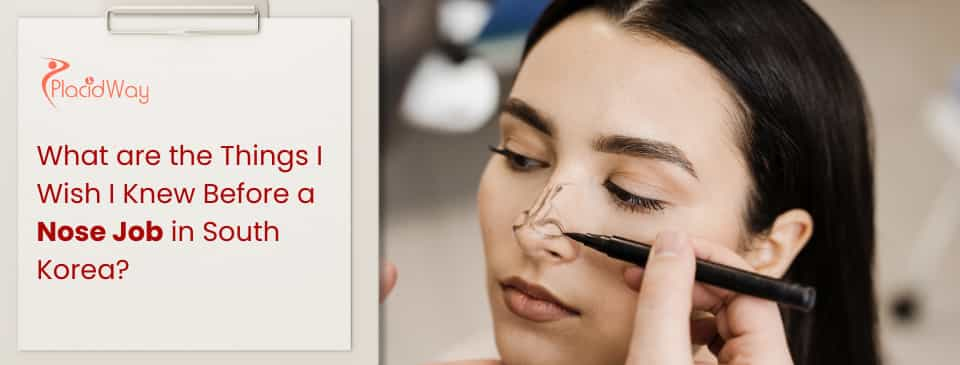

.png)
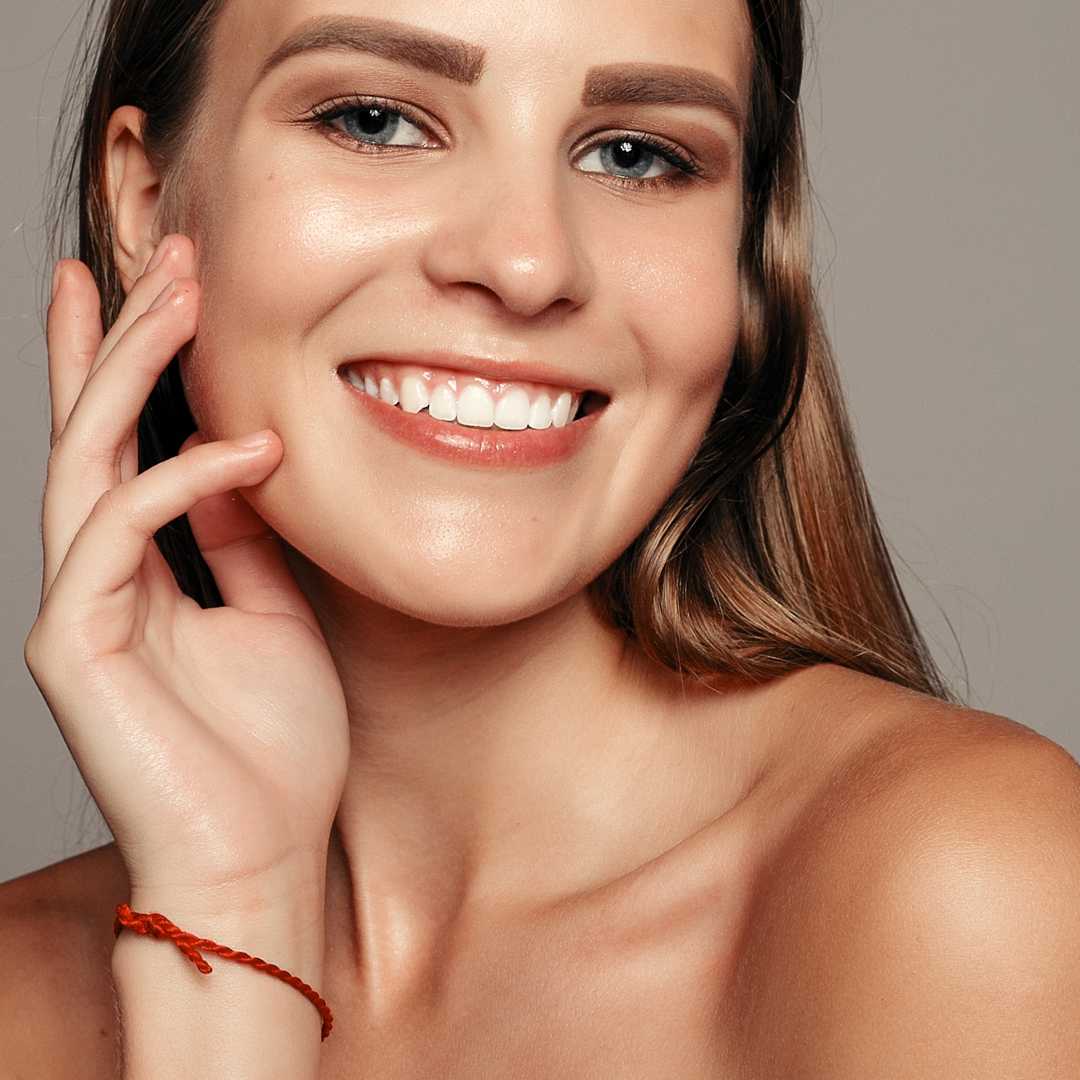


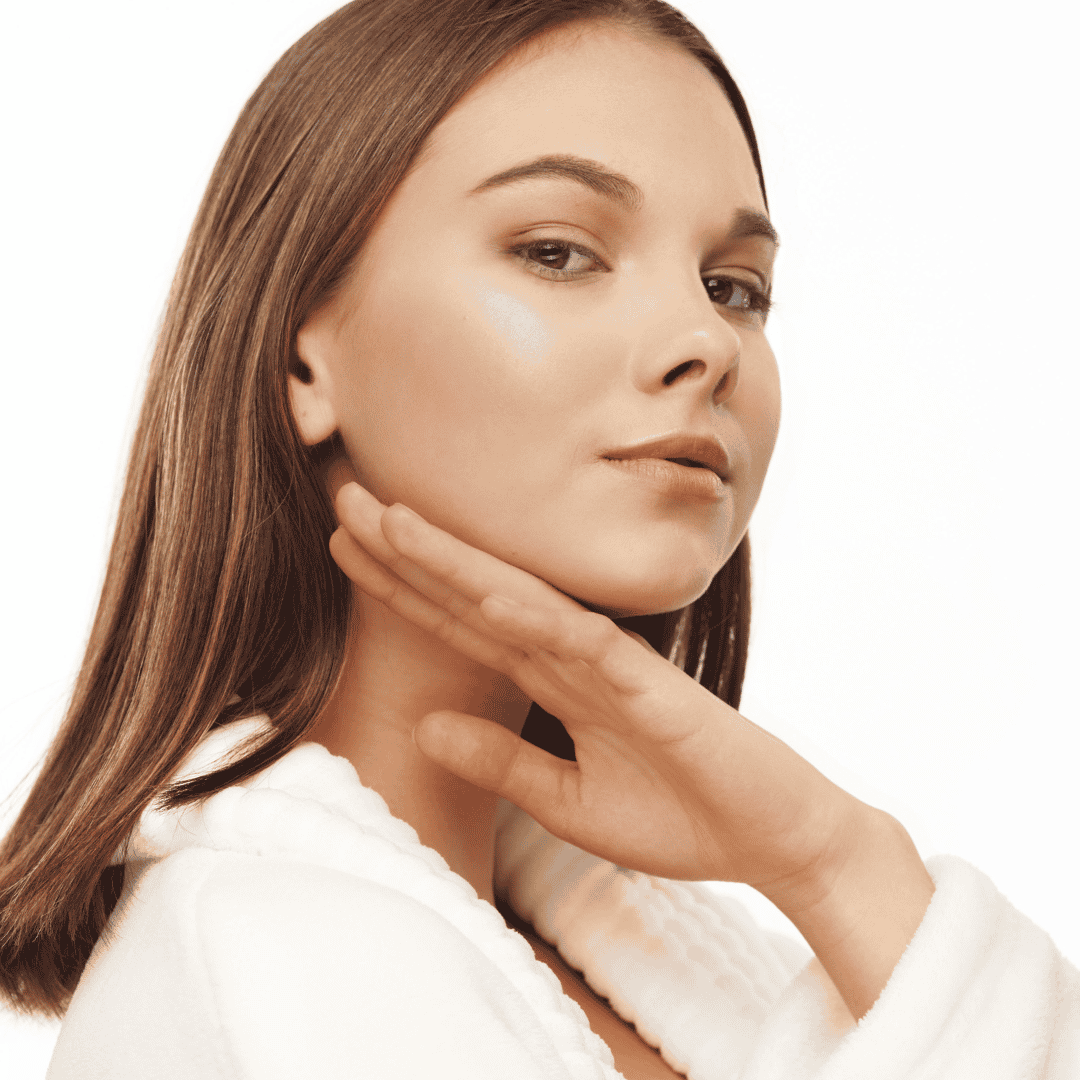
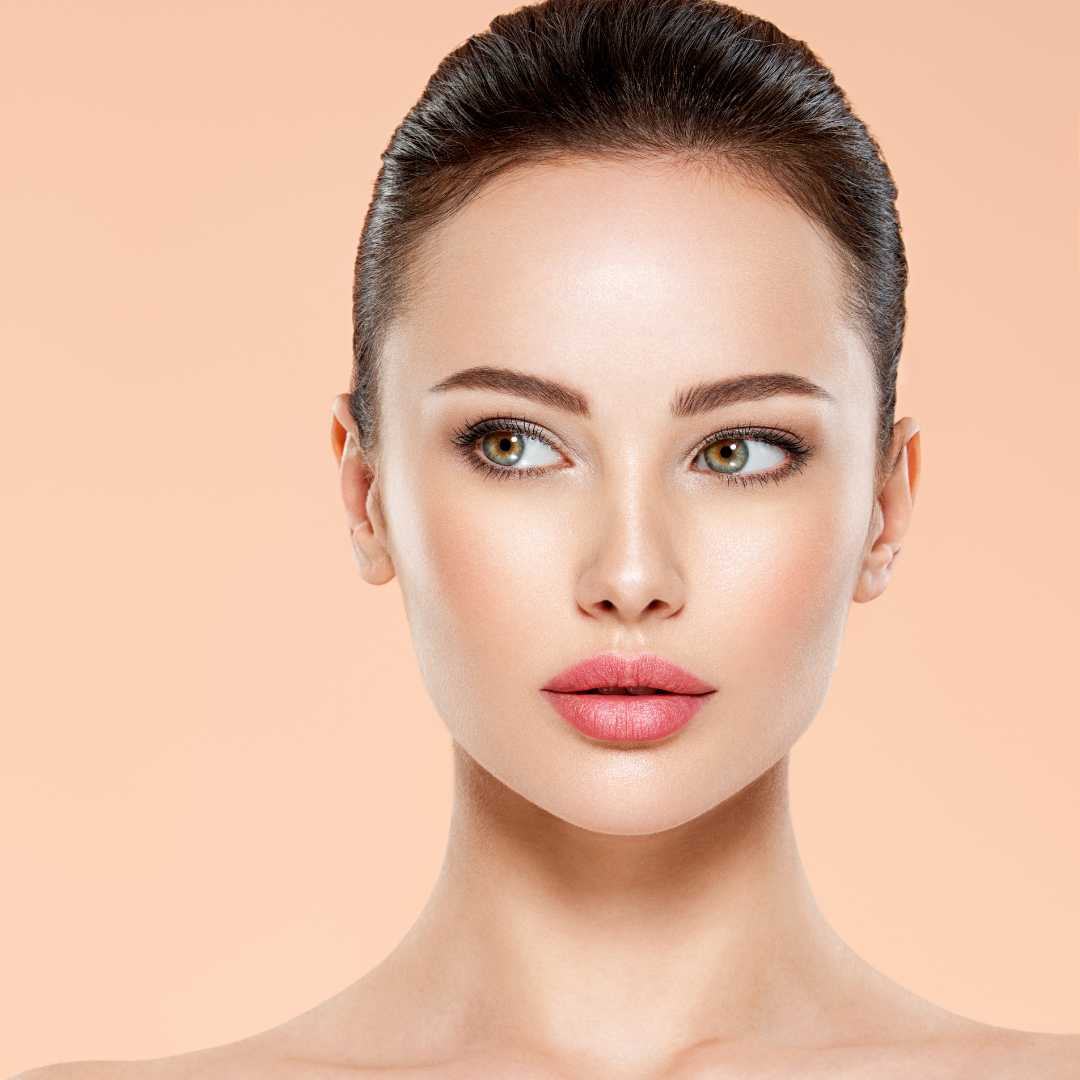
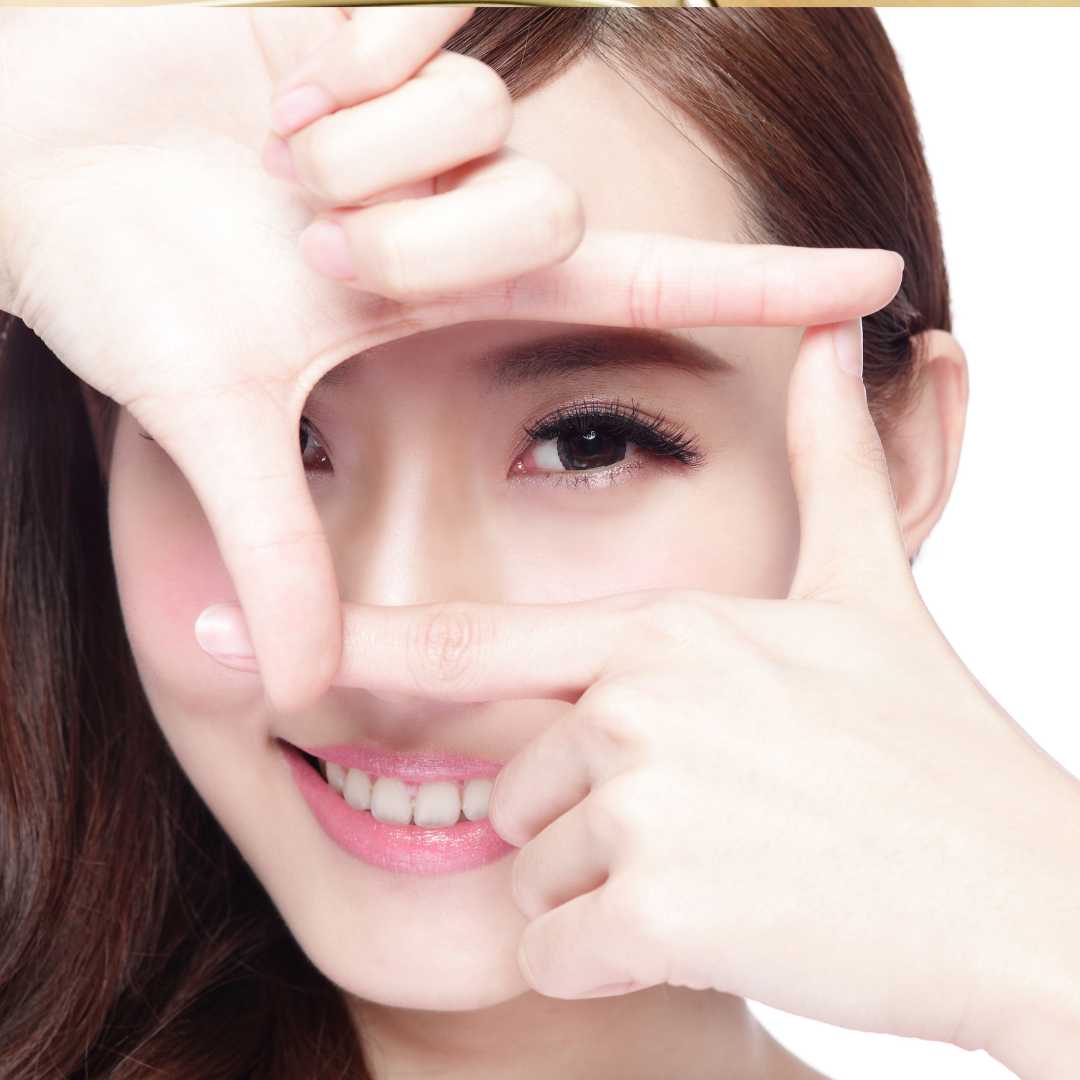

.png)
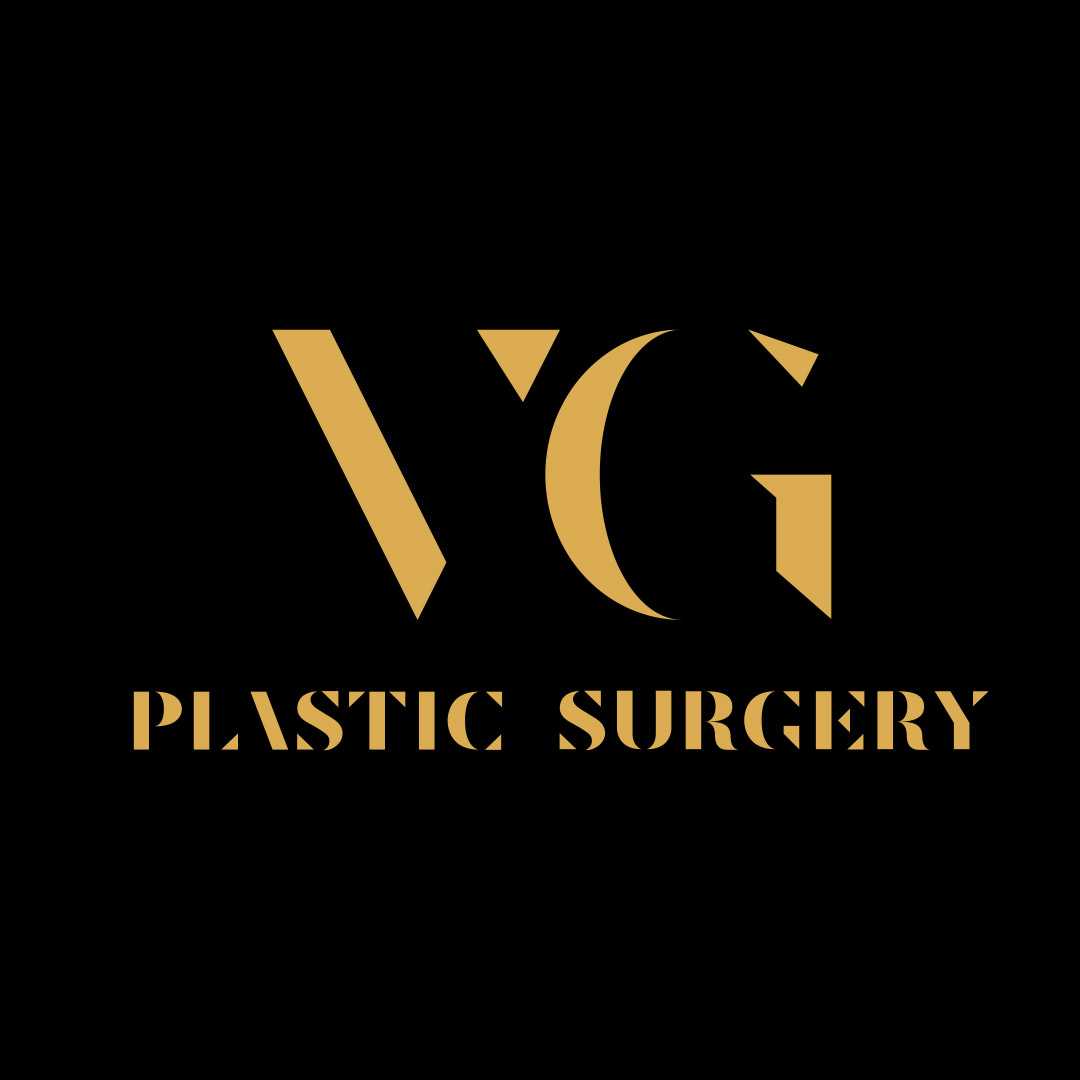
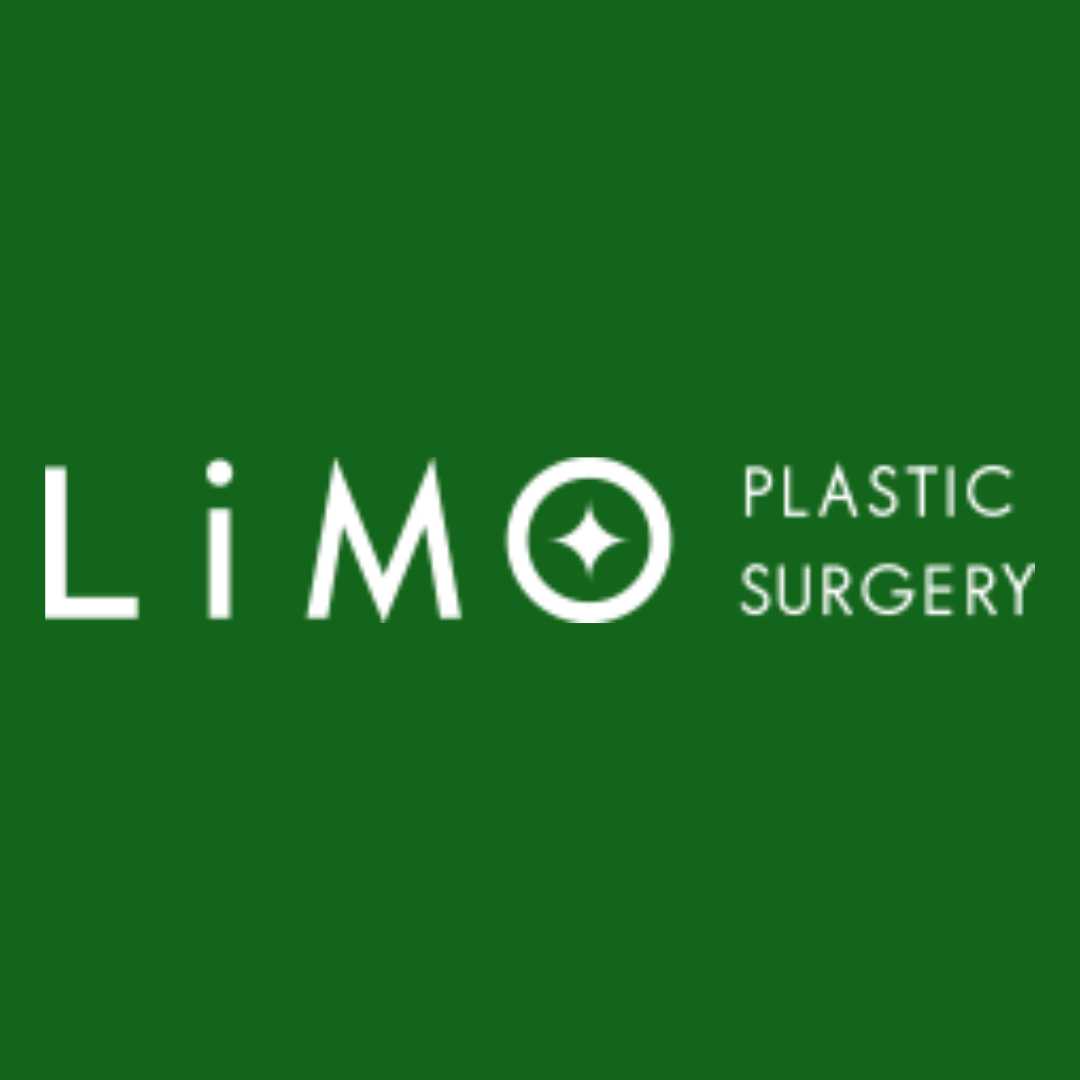
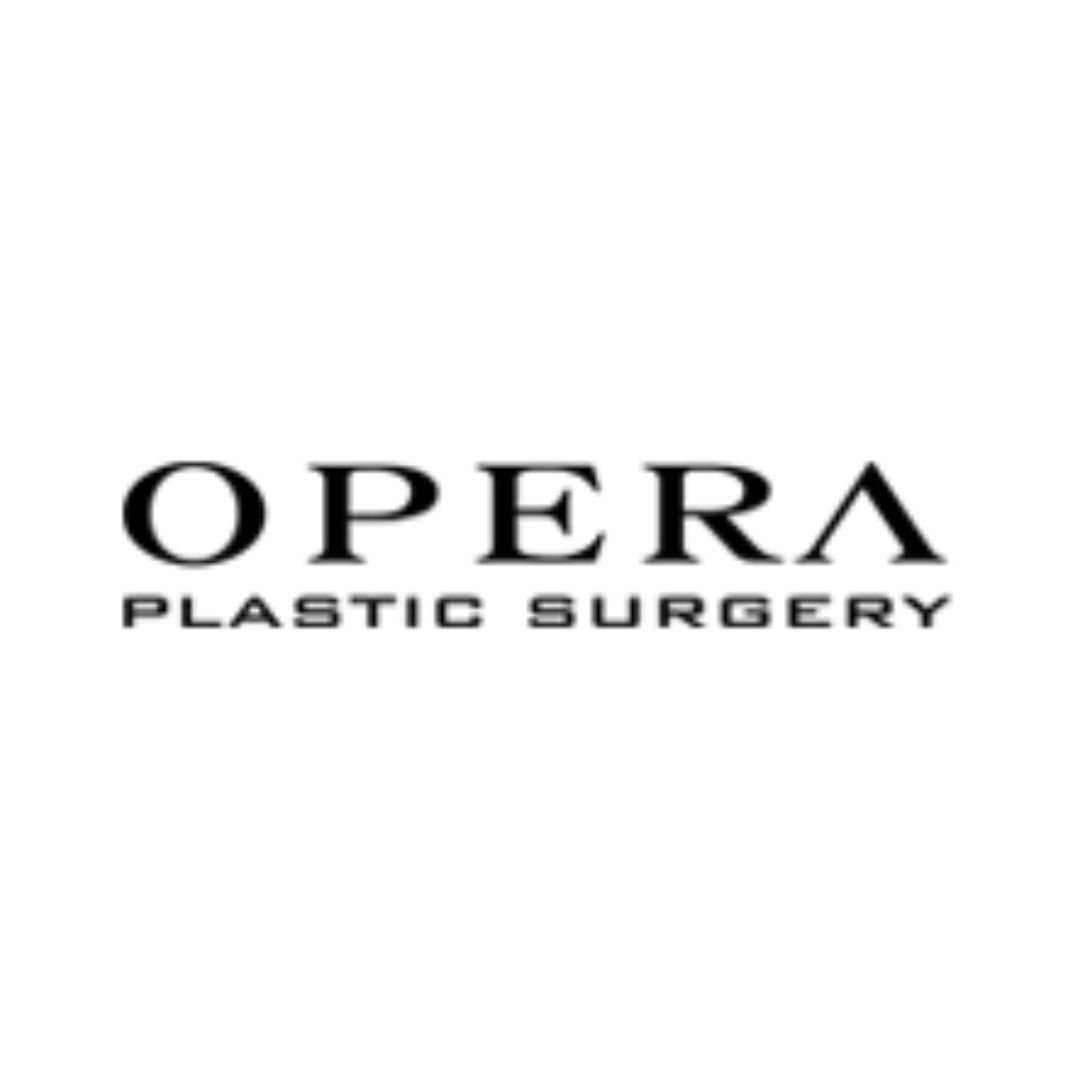
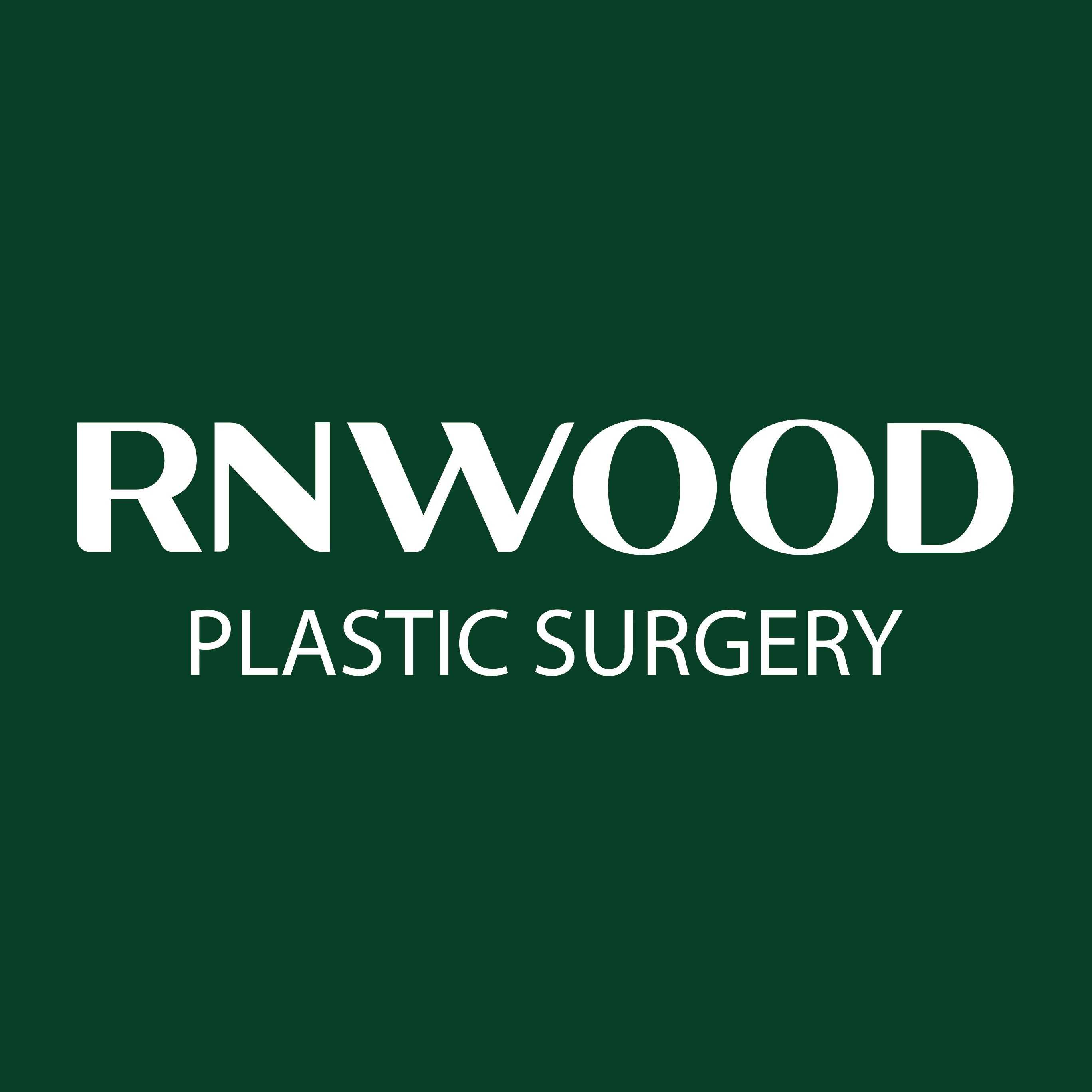
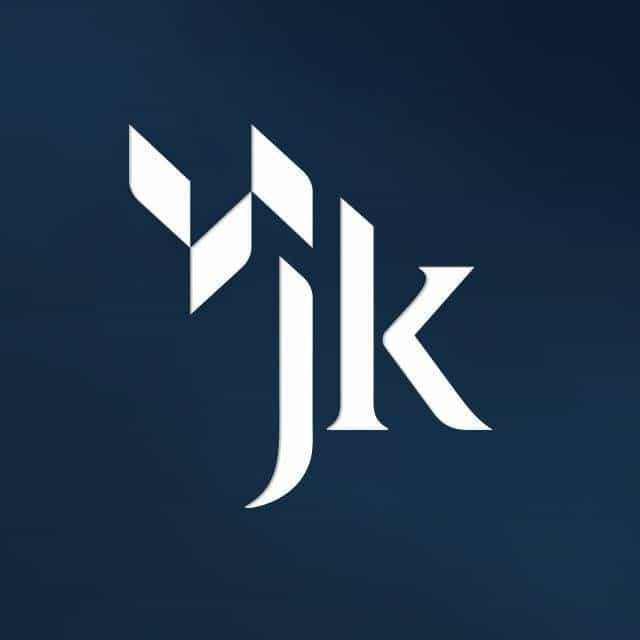

Share this listing